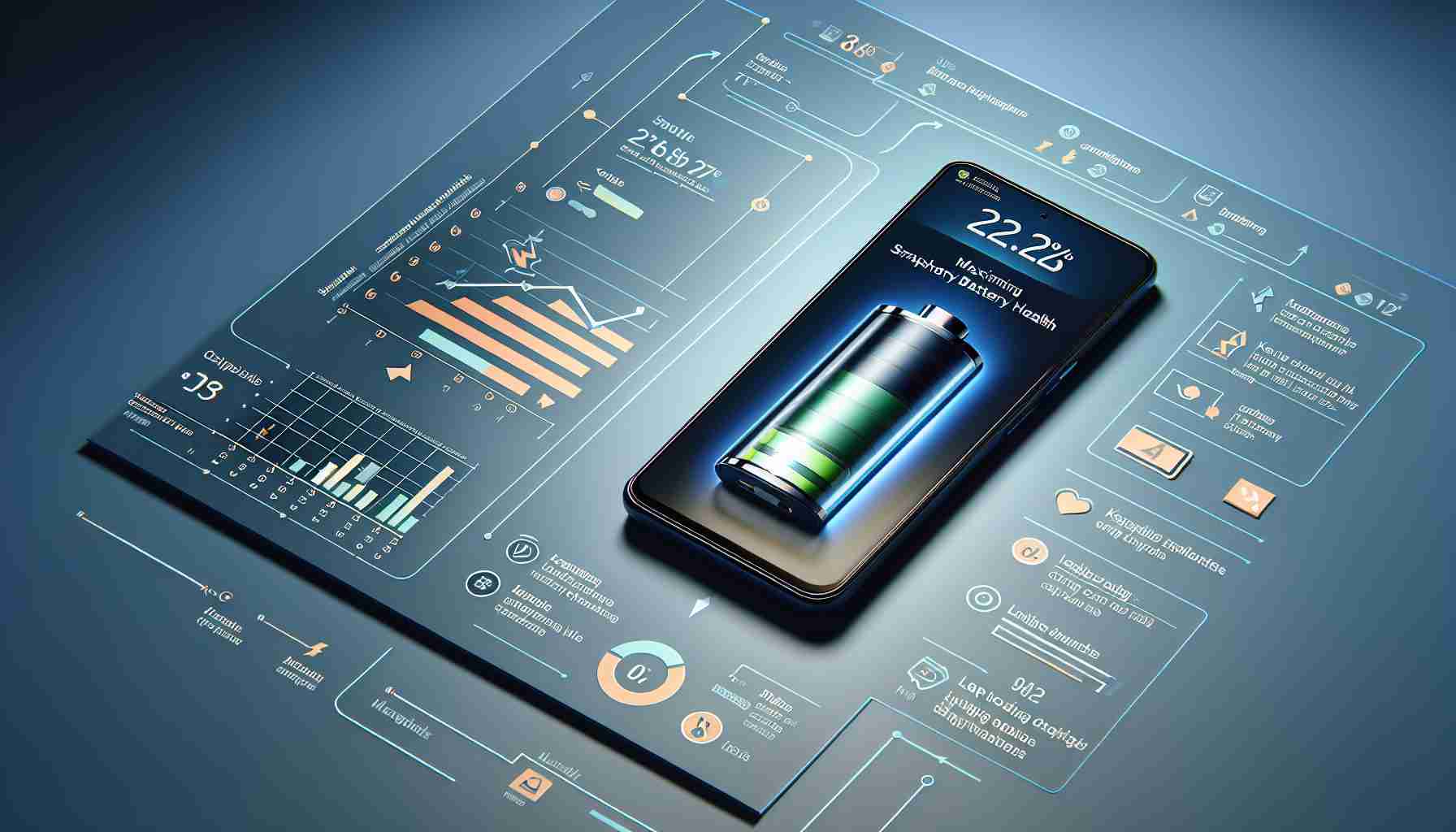Keeping Your Phone’s Battery in Top Shape
Smartphone users often swap tales and tips about the best ways to charge their devices. Experts have weighed in, dispelling myths and offering guidance to enhance charging practices and extend battery lifespan. They clarify that contemporary phones are quite savvy, equipped with built-in mechanisms to prevent overcharging. Once fully charged, these smart devices automatically halt the charging process, eliminating concerns about leaving your phone plugged in overnight.
Nevertheless, it’s not without potential downsides. Experts point out that letting your phone charge continuously through the night can lead to heat buildup, especially in poorly ventilated environments or under pillows, which might diminish the battery’s long-term effectiveness.
Optimal Charging Tips
For those looking to optimize their charging routine, many new devices, including Apple phones from iOS 13 onwards, boast an optimized charging feature. This smart tool caps battery charging at 80% over extended periods, like overnight, to mitigate battery wear and tear.
Temperature control is paramount for lithium-ion batteries. The general rule of thumb is avoiding extreme temperatures; for instance, Apple warns against charging iPhones in environments above 35 degrees Celsius to prevent permanent battery damage. Similarly, charging in frigid conditions is also frowned upon.
A final piece of advice from experts is to maintain your phone’s charge between 30% and 80%. Rather than allowing the battery to drain completely or charging to full capacity, this practice can help preserve battery life, as full 0% to 100% charges may hasten wear and tear.
Understanding Battery Chemistry and Charge Cycles
Battery health is influenced largely by the battery’s chemistry and the number of charge cycles it undergoes. Lithium-ion batteries, used in most smartphones, have a limited number of charge cycles—typically around 300 to 500 full cycles—before they start to degrade. A charge cycle is counted each time you use and then recharge the amount of power equivalent to 100% of the battery’s capacity, even if this is over multiple partial charges.
Monitoring Battery Health and Usage
Most smartphones provide settings or apps that allow users to monitor their battery health and check how many charge cycles it has gone through. This enables users to better gauge their battery’s longevity and decide when it may be time for a replacement. Additionally, knowing which apps and activities drain the battery most can help users adjust their habits to reduce battery wear.
Software Updates and Battery Health
Keeping your smartphone software updated can also have positive effects on battery health. Updates often include battery management improvements that optimize the software’s power consumption, potentially increasing overall battery life.
Fast Charging and Battery Lifespan
Controversy exists around the use of fast charging and its impact on battery lifespan. While fast charging is convenient, some experts suggest that regularly using fast charging can increase the battery’s temperature and potentially shorten its lifespan due to the heat generated.
Advantages and Disadvantages of Battery Preservation Techniques
Advantages of implementing expert guidelines for battery preservation include prolonged battery life, reduced environmental impact from fewer battery replacements, and potential cost savings for users. However, the disadvantages are mainly related to user convenience. Staying within the 30% to 80% charge range can be challenging, especially for users who depend on their phones throughout the day and might not have access to a charger when needed.
For users looking to find more information on the topic, visiting official smartphone manufacturer websites can be useful. For example, you could visit Apple or Samsung for more details on battery care for their devices.
In conclusion, while smartphones have intelligent charging mechanisms, there are additional steps users can take to maintain battery health. Avoiding extreme temperatures, not leaving the phone to charge overnight, and keeping software updated can contribute to maximizing your smartphone’s battery lifespan. Yet, users must weigh the benefits of these practices against their own needs and convenience.
